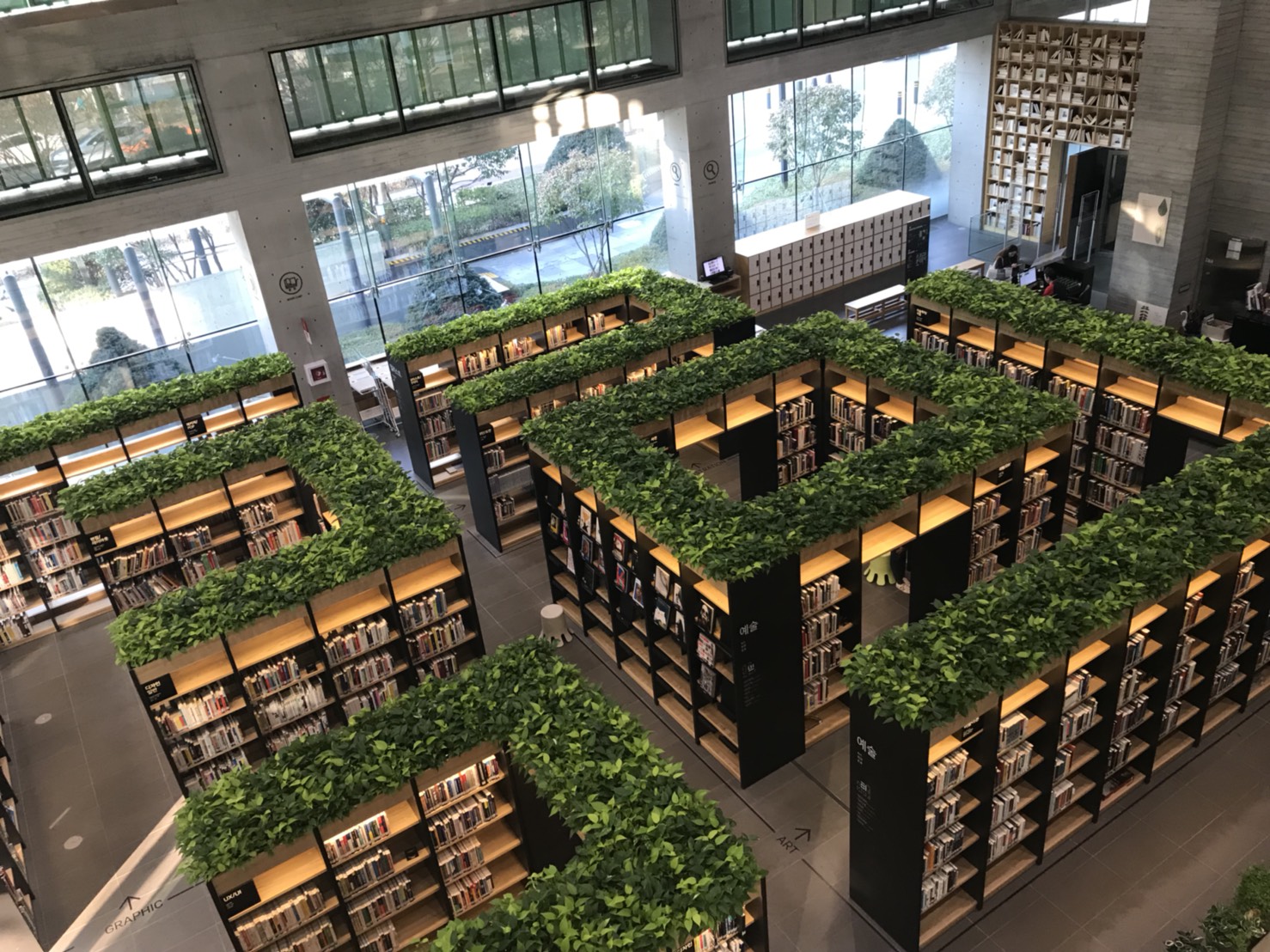|
Naver (corporation)
The Naver Corporation is a South Korean internet conglomerate headquartered in Seongnam that operates the search engine Naver. Naver established itself as an early pioneer in the use of user-generated content through the creation of the online Q&A platform Knowledge iN. Naver also manages the video messenger SNOW, and group communication service BAND. On August 1, 2013, Naver decided to split with Hangame, a corporation which it had grown together with as NHN Corporation for 13 years. On October 1, 2013, the company adopted its current name Naver Corporation in order to reflect the change, restoring its pre-merger name. Hangame is now overseen by NHN Entertainment Corporation. Naver's current affiliates include Line Corporation, Snow, Naver Labs, Naver Webtoon, NAVER Cloud, and Works Mobile. The company is currently cooperating with IT startups in order to evolve into a tech-based platform. History 1999–2000: Establishment and launch of services Naver Corporation was ... [...More Info...] [...Related Items...] OR: [Wikipedia] [Google] [Baidu] |
Green Factory
The Green Factory is an office building located in Bundang-gu Seongnam-si of South Korea, and serves as the headquarters of Naver Corporation, a Korean internet content service company. The building was completed in March 2010, with 27 floors above ground and 7 floors underground. The Green Factory's energy-saving features helped it win the acclaimed Good Design award in 2011. The building is also certified as 'Platinum' under the global green building design rating system LEED. Planning and construction The interior of the building was designed to provide as open an environment as possible, where the company's culture and values would be reflected. The intent was to create a working space which fosters better communication between employees. Design and structure Design Green Factory’s office spaces are designed like pods, which focus on a central open meeting area. Most of the central meeting spaces have non-traditional furniture and match the casual theme represented th ... [...More Info...] [...Related Items...] OR: [Wikipedia] [Google] [Baidu] |
KOSDAQ
KOSDAQ (acronym of Korean Securities Dealers Automated Quotations, Korean: 코스닥) is a trading board of Korea Exchange (KRX) in South Korea established in 1996. Initially set up by Korea Financial Investment Association as an independent stock market from the Korean Stock Exchange, it was benchmarked from the American counterpart, NASDAQ. KOSDAQ is an electronic stock market, just like NASDAQ. The open hours for the market are 09:00AM to 03:30PM KST. It is now operated as SME Market Division of KRX. As of February 2021, 1476 companies are listed on KOSDAQ for trading. History The South Korean Government, in July 1986, passed the "Market Organization for Vitalization of Publicly Traded Assets for Small Businesses Act" in order to provide a way for small and intermediate businesses to raise capital through publicly traded shares, and to provide investors with new routes of investments. In April 1987, the Market Organization was achieved, and the first three companies were re ... [...More Info...] [...Related Items...] OR: [Wikipedia] [Google] [Baidu] |
Chuncheon
Chuncheon (; ; formerly romanized as Chunchŏn; literally ''spring river'') is the capital of Gangwon Province in South Korea. The city lies in the north of the county, located in a basin formed by the Soyang River and Han River. There are some large lakes around the city, most notably Soyang Lake and Uiam Lake (or Uiam Dam). The area is renowned for its small river islands, such as Sangjungdo, Ha-Jungdo, Bungeodo, and Wido. It is a popular destination among east Asian tourists as it was featured in the popular Korean drama ''Winter Sonata'' (겨울연가). It is where the resort island of Namiseom is located. History The area now occupied by the city was first settled several thousands of years ago, in prehistoric times, as demonstrated by stone-age archaeological evidence in the collections of Chuncheon National Museum and Hallym University Museum. In 637 AD the city was called ''Usooju''. In 757 AD it was renamed ''Saku'' and again in 940 AD as ''Chunju'' () before recei ... [...More Info...] [...Related Items...] OR: [Wikipedia] [Google] [Baidu] |
NHN Entertainment
NHN Corp. () is a Korean IT company that started its business as a game company called Hangame in 1999. Currently its main businesses can be categorized as Cloud, Fin-Tech (cross-border e-commerce, payment), Entertainment (game, webtoon, music) and Advertisement. NHN has been focusing on Cloud service since 2014. It launched a comprehensive cloud solution brand called TOAST Cloud in 2014 and built its own IDC center in 2015 for the secure foundation of cloud solution business. Targeting both the corporate and individual clients, TOAST Cloud provides all sorts of cloud services including SaaS, PaaS and Iaas. History It was founded in December 1999 under the name Hangame Communications, Inc. In July 2000, Hangame Communications officially merged with South Korea's largest search engine company, Naver. Upon the merger, the name of the company was changed to "Next Human Network", or NHN, although the two divisions continue to operate under their original brand names. On 1 Augus ... [...More Info...] [...Related Items...] OR: [Wikipedia] [Google] [Baidu] |
Line (application)
Line is a freeware app for instant communications on electronic devices such as smartphones, tablet computers and personal computers. Line users exchange: texts, images, video and audio and conduct free VoIP conversations and video conferences. In addition, Line is a platform providing various services including: digital wallet as Line Pay, news stream as LINE Today, video on demand as Line TV and digital comic distribution as Line Manga and Line Webtoon. The service is operated by Line Corporation, a Tokyo-based subsidiary of Z Holdings. Line was launched in Japan in June 2011 by NHN Japan, a subsidiary of Naver Corporation. Because it was tailored to Japanese consumers' tastes and offered free smartphone calls as well as texting, with the help of a massive marketing campaign it quickly outpaced its existing rival KakaoTalk for the Japanese market. It reached 100 million users within 18 months and 200 million users six months later. Line became Japan's largest social network ... [...More Info...] [...Related Items...] OR: [Wikipedia] [Google] [Baidu] |
NHN Green Factory
The Green Factory is an office building located in Bundang-gu Seongnam-si of South Korea, and serves as the headquarters of Naver Corporation, a Korean internet content service company. The building was completed in March 2010, with 27 floors above ground and 7 floors underground. The Green Factory's energy-saving features helped it win the acclaimed Good Design award in 2011. The building is also certified as 'Platinum' under the global green building design rating system LEED. Planning and construction The interior of the building was designed to provide as open an environment as possible, where the company's culture and values would be reflected. The intent was to create a working space which fosters better communication between employees. Design and structure Design Green Factory’s office spaces are designed like pods, which focus on a central open meeting area. Most of the central meeting spaces have non-traditional furniture and match the casual theme represented th ... [...More Info...] [...Related Items...] OR: [Wikipedia] [Google] [Baidu] |
Blog
A blog (a truncation of "weblog") is a discussion or informational website published on the World Wide Web consisting of discrete, often informal diary-style text entries (posts). Posts are typically displayed in reverse chronological order so that the most recent post appears first, at the top of the web page. Until 2009, blogs were usually the work of a single individual, occasionally of a small group, and often covered a single subject or topic. In the 2010s, "multi-author blogs" (MABs) emerged, featuring the writing of multiple authors and sometimes professionally edited. MABs from newspapers, other media outlets, universities, think tanks, advocacy groups, and similar institutions account for an increasing quantity of blog traffic. The rise of Twitter and other "microblogging" systems helps integrate MABs and single-author blogs into the news media. ''Blog'' can also be used as a verb, meaning ''to maintain or add content to a blog''. The emergence and growth of blogs i ... [...More Info...] [...Related Items...] OR: [Wikipedia] [Google] [Baidu] |
Internet Service Provider
An Internet service provider (ISP) is an organization that provides services for accessing, using, or participating in the Internet. ISPs can be organized in various forms, such as commercial, community-owned, non-profit, or otherwise privately owned. Internet services typically provided by ISPs can include Internet access, Internet transit, domain name registration, web hosting, Usenet service, and colocation. An ISP typically serves as the access point or the gateway that provides a user access to everything available on the Internet. Such a network can also be called as an eyeball network. History The Internet (originally ARPAnet) was developed as a network between government research laboratories and participating departments of universities. Other companies and organizations joined by direct connection to the backbone, or by arrangements through other connected companies, sometimes using dialup tools such as UUCP. By the late 1980s, a process was set in place towa ... [...More Info...] [...Related Items...] OR: [Wikipedia] [Google] [Baidu] |
Livedoor
was a Japanese company that functioned as an Internet service provider and operator of a web portal and blog platform before being brought down by a scandal in 2006. The company was founded and led in its first 10 years by Takafumi Horie, known as "Horiemon" in Japan. Livedoor grew into one of Japan's premier Internet businesses, putting over 1,000 employees on its payroll at its peak. Its reliance on acquisitions and stock swap mergers to achieve growth also made it one of the country's most controversial enterprises. Its growth came to a resounding halt when scandal erupted in early 2006. An investigation of securities law violations led to a nosedive in the company's stock price. The Tokyo Stock Exchange delisted Livedoor on April 14, 2006. The floundering company's properties were purchased by South Korea-based NHN Corp in 2010. Today the ISP and blog services that bear the Livedoor name are operated by Line Corporation, developers of Line messaging services and the Naver ... [...More Info...] [...Related Items...] OR: [Wikipedia] [Google] [Baidu] |
Forbes
''Forbes'' () is an American business magazine owned by Integrated Whale Media Investments and the Forbes family. Published eight times a year, it features articles on finance, industry, investing, and marketing topics. ''Forbes'' also reports on related subjects such as technology, communications, science, politics, and law. It is based in Jersey City, New Jersey. Competitors in the national business magazine category include ''Fortune'' and ''Bloomberg Businessweek''. ''Forbes'' has an international edition in Asia as well as editions produced under license in 27 countries and regions worldwide. The magazine is well known for its lists and rankings, including of the richest Americans (the Forbes 400), of the America's Wealthiest Celebrities, of the world's top companies (the Forbes Global 2000), Forbes list of the World's Most Powerful People, and The World's Billionaires. The motto of ''Forbes'' magazine is "Change the World". Its chair and editor-in-chief is Steve Fo ... [...More Info...] [...Related Items...] OR: [Wikipedia] [Google] [Baidu] |
Samsung
The Samsung Group (or simply Samsung) ( ko, 삼성 ) is a South Korean multinational manufacturing conglomerate headquartered in Samsung Town, Seoul, South Korea. It comprises numerous affiliated businesses, most of them united under the ''Samsung'' brand, and is the largest South Korean (business conglomerate). Samsung has the eighth highest global brand value. Samsung was founded by Lee Byung-chul in 1938 as a trading company. Over the next three decades, the group diversified into areas including food processing, textiles, insurance, securities, and retail. Samsung entered the electronics industry in the late 1960s and the construction and shipbuilding industries in the mid-1970s; these areas would drive its subsequent growth. Following Lee's death in 1987, Samsung was separated into five business groups – Samsung Group, Shinsegae Group, CJ Group and Hansol Group, and JoongAng Group. Notable Samsung industrial affiliates include Samsung Electronics (the wor ... [...More Info...] [...Related Items...] OR: [Wikipedia] [Google] [Baidu] |
KOSPI
The Korea Composite Stock Price Index or KOSPI (코스피지수) is the index of all common stocks traded on the Stock Market Division—previously, Korea Stock Exchange—of the Korea Exchange. It is the representative stock market index of South Korea, like the S&P 500 in the United States. KOSPI was introduced in 1983 with the base value of 100 as of 4 January 1980. It is calculated based on market capitalization. As of 2007, KOSPI's daily volume is hundreds of millions of shares or (trillions of won). History KOSPI (한국종합주가지수 ''Hanguk jonghap juga jisu'') was introduced in 1983, replacing Dow-style KCSPI (Korea Composite Stock Price Index). For years, KOSPI moved below 1,000, peaking above 1,000 in April 1989, November 1994, and January 2000. On 17 June 1998, KOSPI recorded its largest one-day percentage gain of 8.50% (23.81 points), recovering from the bottom of the Asian financial crisis. On 12 September 2001, KOSPI had its largest one-day percentage dro ... [...More Info...] [...Related Items...] OR: [Wikipedia] [Google] [Baidu] |





